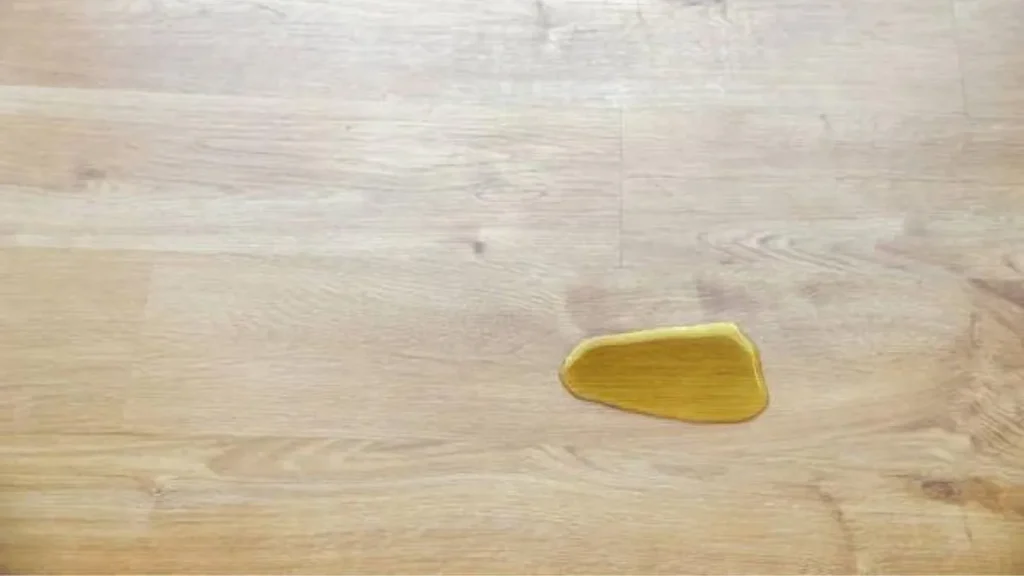Introduction
Dealing with a pee smell in wood can be challenging due to its porous nature, which allows odors to penetrate deeply. Understanding how to tackle this issue ensures not only a clean environment but also preserves the integrity of your wood.

Identifying the Source
Begin by pinpointing the exact location of the odor. Check furniture, flooring, or any wooden surface where the smell is noticeable. Knowing the type of wood and finish helps in selecting the appropriate cleaning method without damaging the surface.
Preparation
Before diving into cleaning, gather white vinegar, baking soda, clean cloths, and protective gloves. Ensure the area is well-ventilated to prevent inhaling strong odors or fumes during the cleaning process.
Natural Remedies
Start with a solution of vinegar and water. Mix equal parts in a spray bottle and lightly mist the affected area. Let it sit for several minutes before wiping it off with a clean, damp cloth. For stubborn odors, make a paste of baking soda and water, apply it to the area, and leave it overnight before wiping clean.
Commercial Cleaners
Several commercial products are designed specifically to eliminate urine odors from wood. Look for enzymatic cleaners that break down odor-causing compounds effectively. Follow the instructions carefully to avoid damaging the wood finish.
Oxalic Acid Treatment
For persistent odors, oxalic acid can be highly effective. It neutralizes odors and lifts stains from wood surfaces. Use gloves and follow safety guidelines when applying. After application, thoroughly rinse and dry the area.
Sealing and Repainting
Once the odor is eliminated, consider sealing the wood to prevent future odors from penetrating. If the wood is discolored or damaged, light sanding and repainting may be necessary to restore its original appearance.
Preventive Measures
To prevent future incidents, discourage pets from accessing wooden areas prone to accidents. Apply a protective finish or sealant regularly to create a barrier against liquids and odors.
Professional Help
If home remedies don’t yield satisfactory results, consider contacting a professional cleaner or wood restorer. They have specialized tools and techniques to tackle stubborn odors effectively.
FAQs
- Can I use bleach to remove urine smell from wood?
- Bleach can damage wood finishes and is not recommended. Stick to safer alternatives like vinegar or enzymatic cleaners.
- How long does it take for the odor to disappear?
- This depends on the severity of the odor and the method used. Natural remedies may take a few days, while commercial products often work faster.
- Is it safe to use baking soda on wood?
- Yes, baking soda is safe and effective for removing odors from wood surfaces. Ensure you wipe it off thoroughly after use.
- Will sealing the wood prevent future odors?
- Sealing creates a protective barrier that helps prevent liquids and odors from seeping into the wood.
- When should I call a professional cleaner?
- If home remedies fail to remove the odor or if the wood is extensively damaged, it’s advisable to seek professional help.
Conclusion
Removing pee smell from wood requires patience and the right approach. By using natural remedies, commercial cleaners, and possibly professional help, you can restore your wooden surfaces to their pristine condition and enjoy a fresh-smelling home once again.


Congratulation!